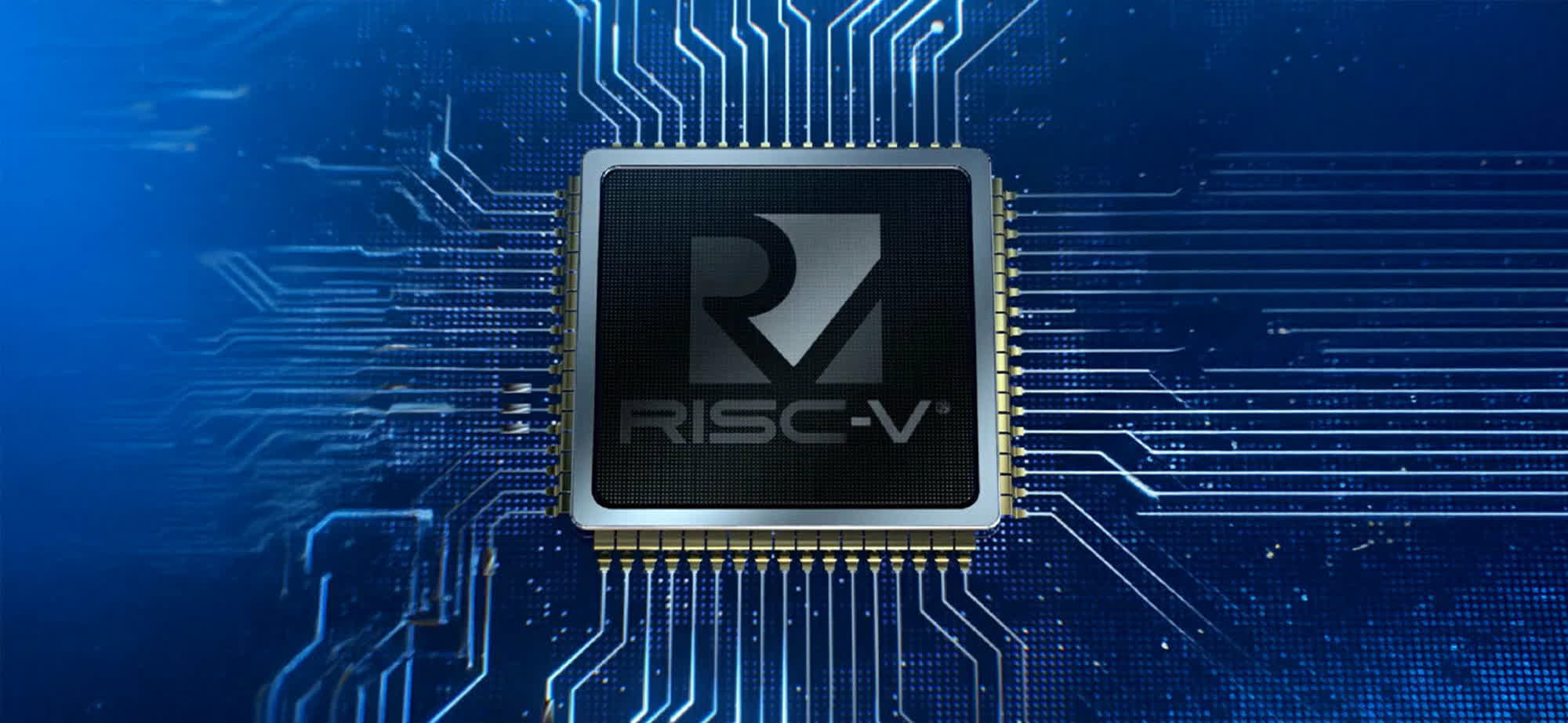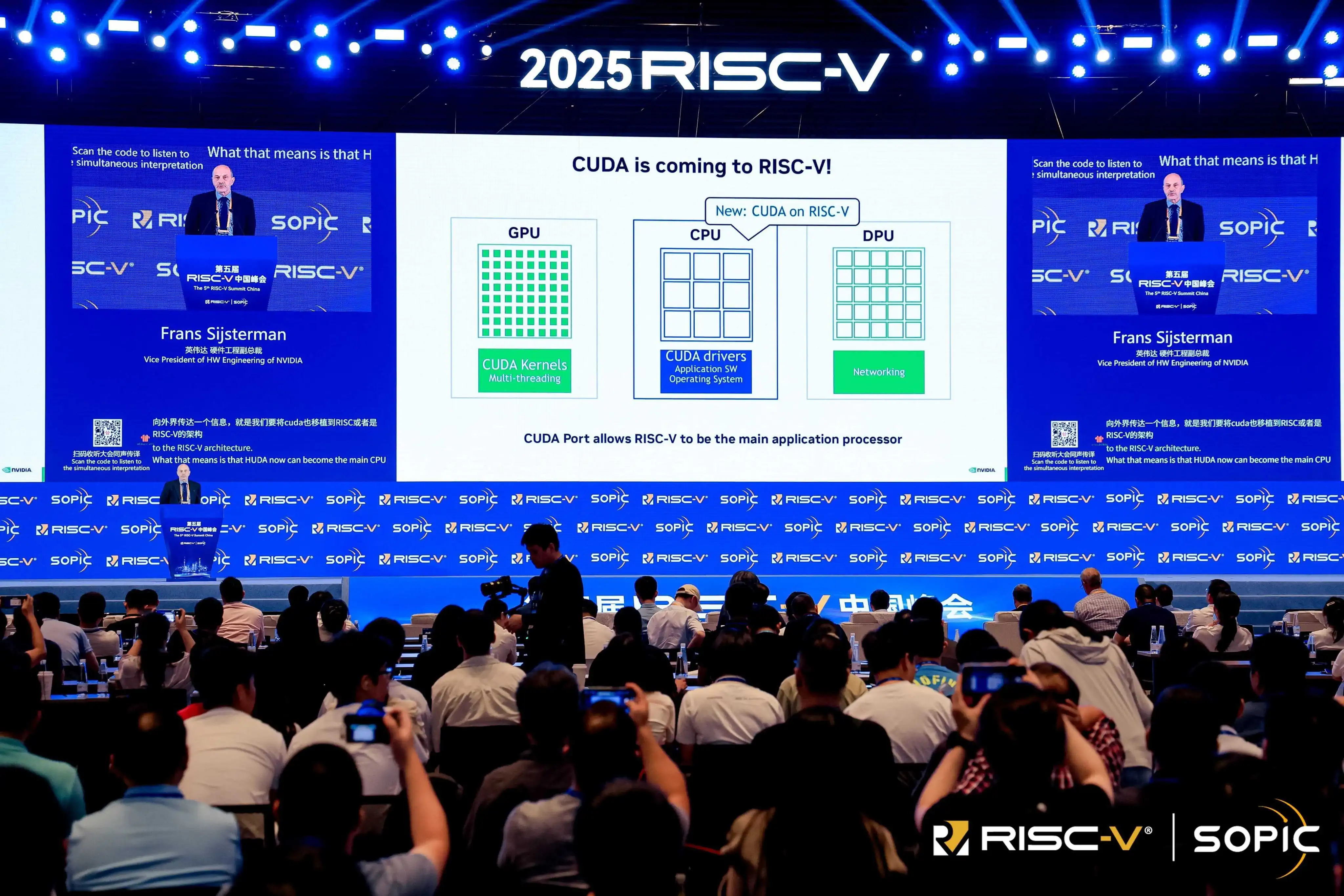What just happened? Since its introduction in 2006, CUDA has been a proprietary technology running exclusively on Nvidia's own GPU hardware. Now, the GeForce maker appears ready to open CUDA to at least one additional architecture. Just don't expect to run CUDA-optimized code on AMD or Intel GPUs anytime soon.
Nvidia has officially ported its Compute Unified Device Architecture (CUDA) to RISC-V, a move announced at a recent RISC-V summit in China. According to Nvidia's Frans Sijstermans, this port enables a RISC-V CPU to act as the central application processor in CUDA-based AI systems. RISC-V International shared a slide from his presentation illustrating an ideal CUDA AI setup with GPU, CPU, and DPU (data-processing unit) components, highlighting the platform's potential to reshape AI hardware.
Sijstermans explained that a RISC-V CPU will soon be able to orchestrate an AI system by managing application software and operating system tasks. A CUDA-compatible GPU – meaning a Nvidia GPU or AI accelerator – would handle multithreaded CUDA kernel execution, while the DPU would take care of networking operations.
Nvidia has yet to announce a release date for the RISC-V CUDA port. With enough investment and development, RISC-V could eventually rival Arm in performance and efficiency. Its royalty-free model makes it particularly appealing in China and other regions affected by US tariffs on advanced chip technologies.
Based on an open-source standard, the RISC-V architecture has become a popular choice for microcontrollers and other embedded systems. Several major Linux distributions now offer official support for the ISA, while open-source developers are making a significant push toward consumer-oriented applications like gaming.
Despite generating billions from AI hardware and other proprietary technologies, Nvidia has supported the RISC-V architecture for years. The company has used RISC-V cores in specialized microcontroller units since 2015, developing both hardware and software solutions in-house.
Although Nvidia fully backs RISC-V as a legitimate CPU architecture, it isn't ready to bring CUDA to other third-party processors yet. Optimized code designed for CUDA still requires Nvidia hardware to run – though efforts are underway to enable CUDA binaries on non-Nvidia GPUs.

